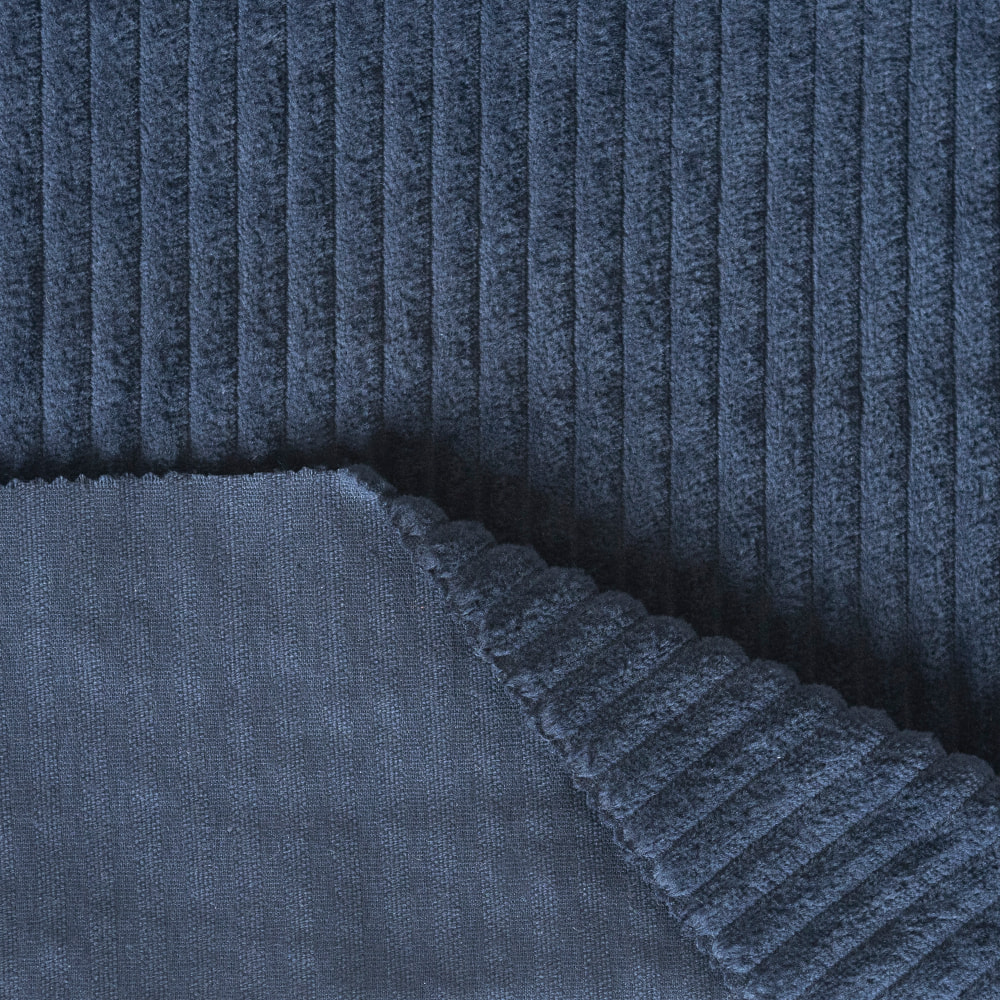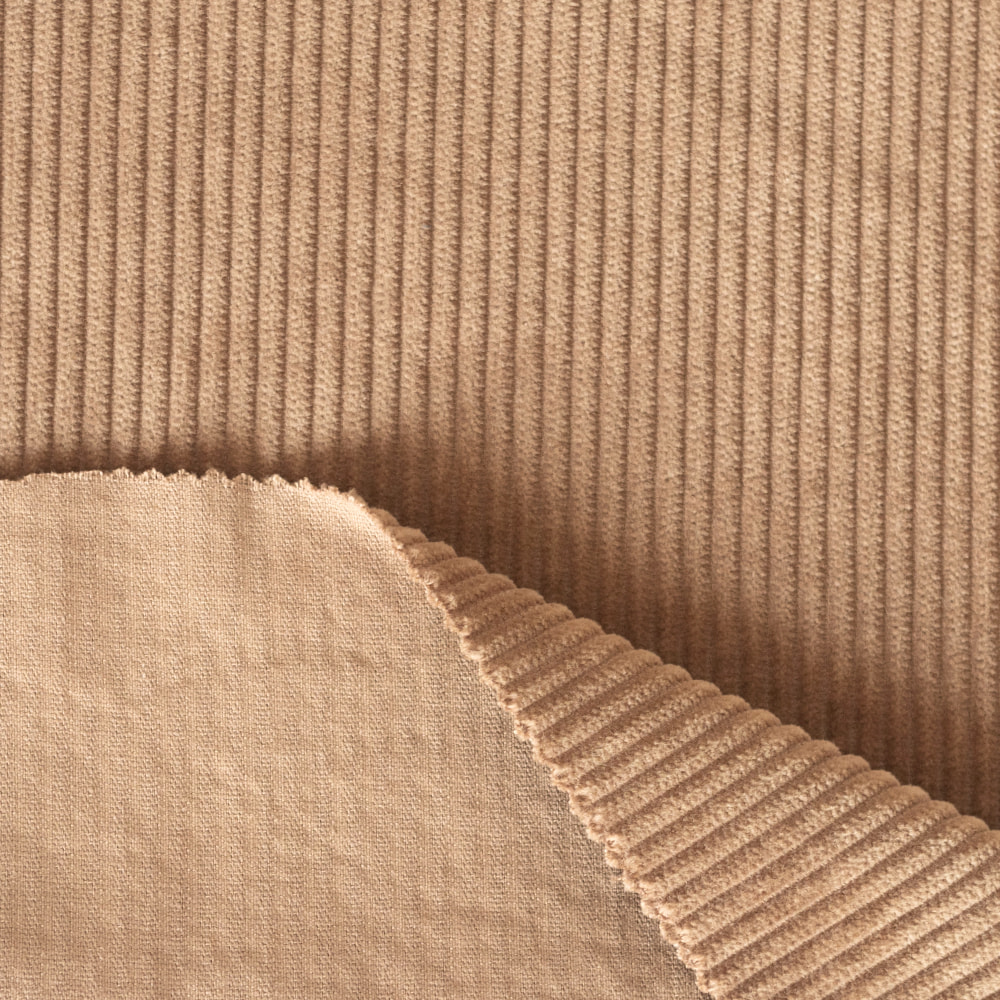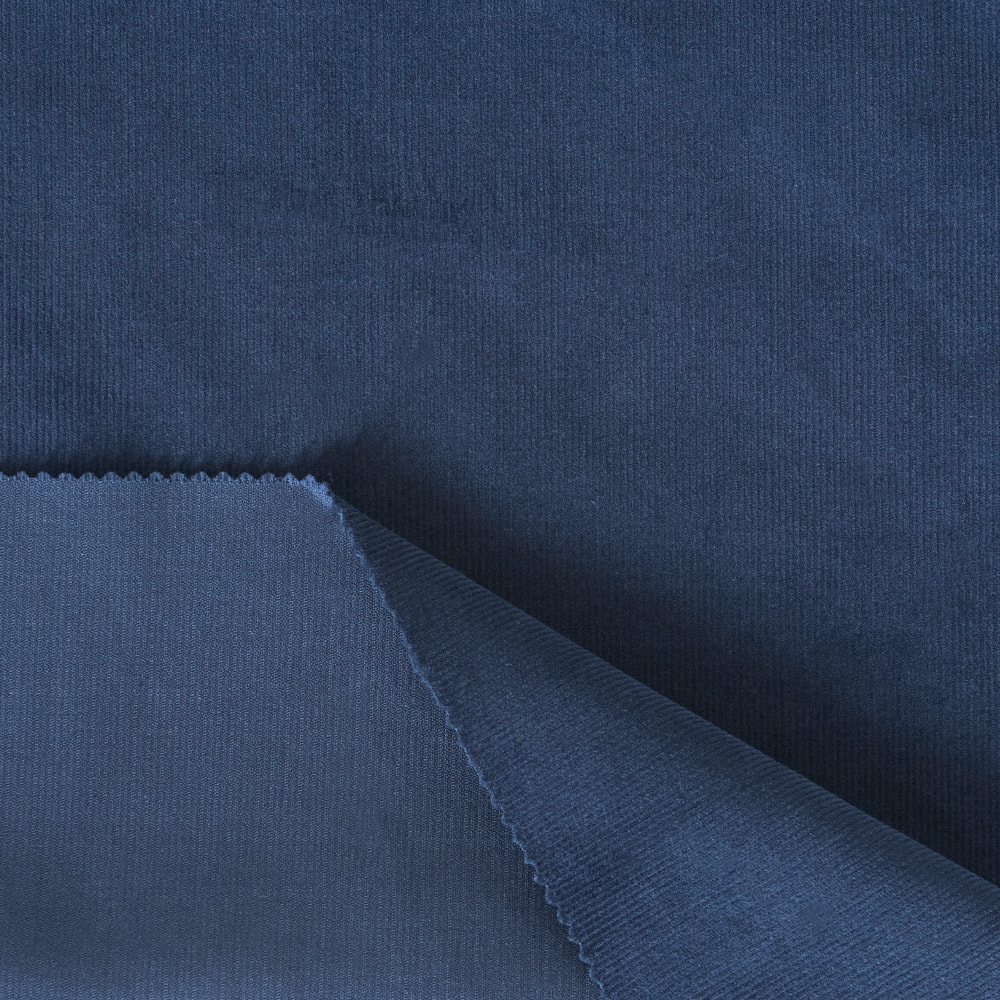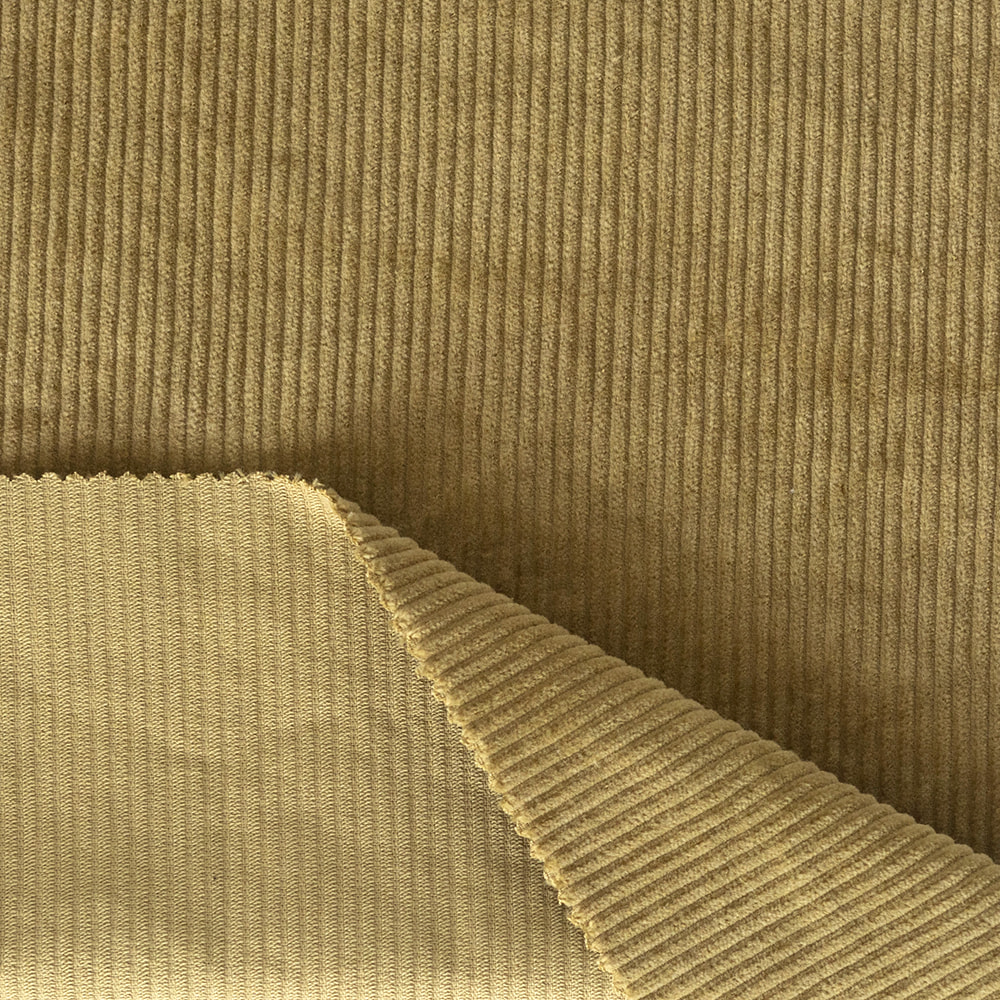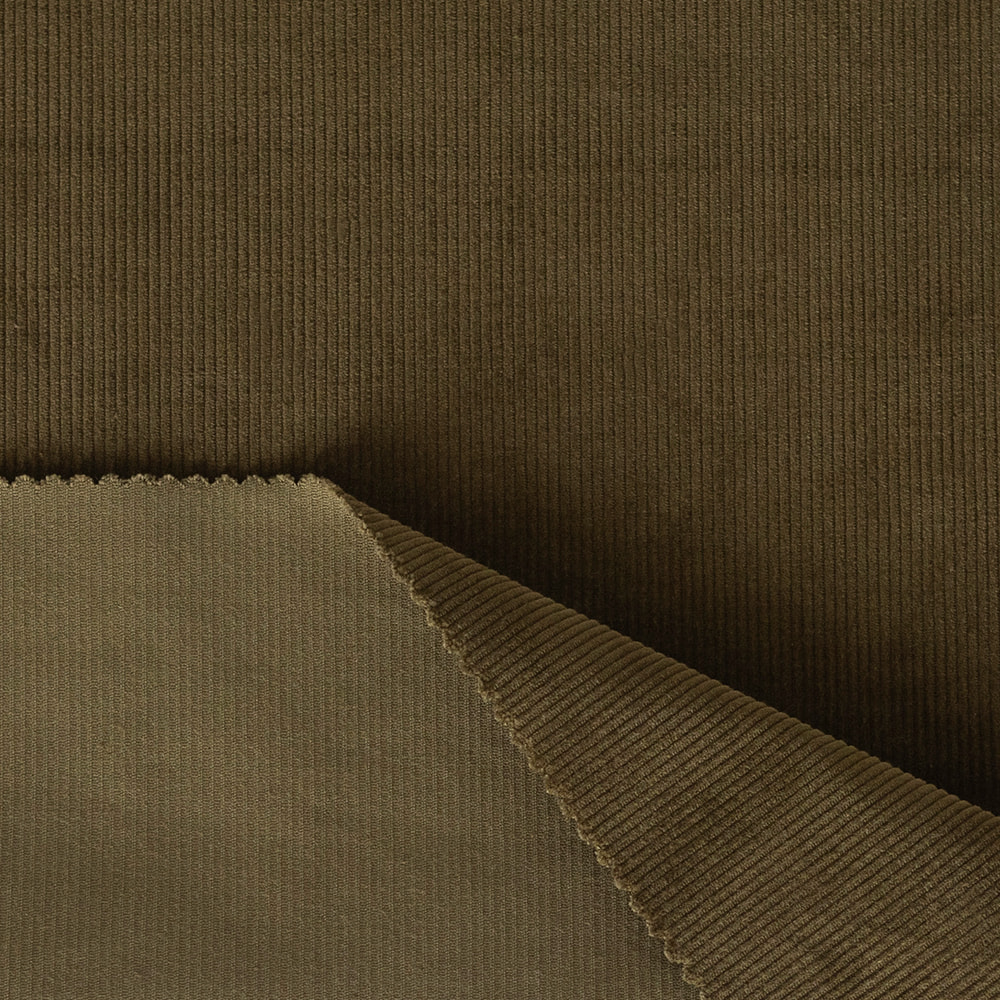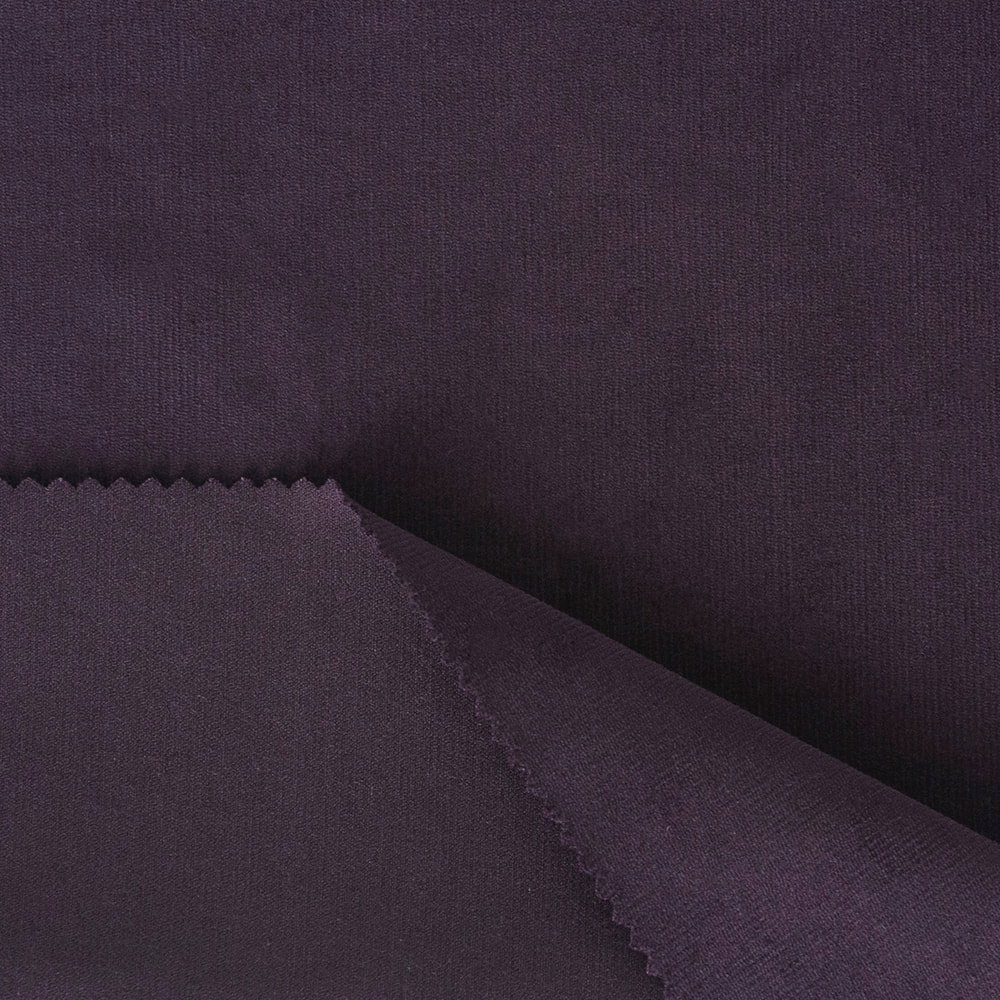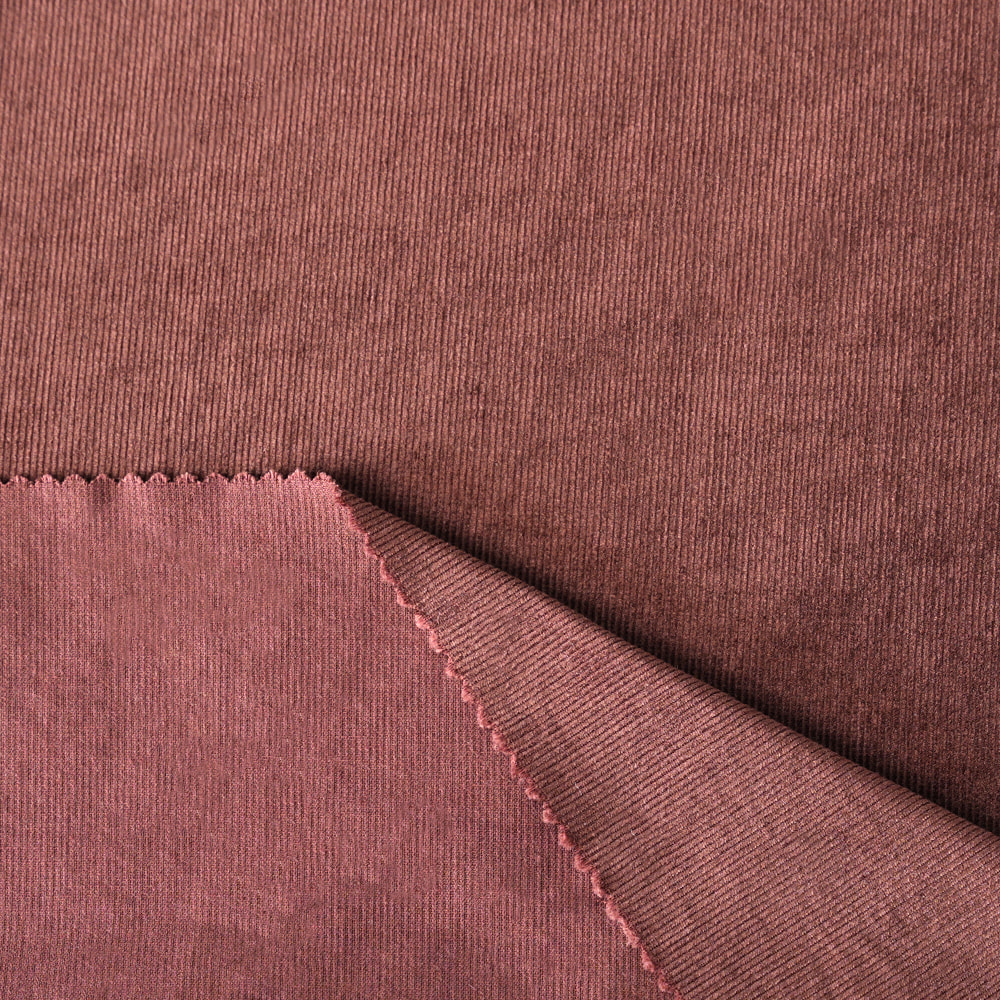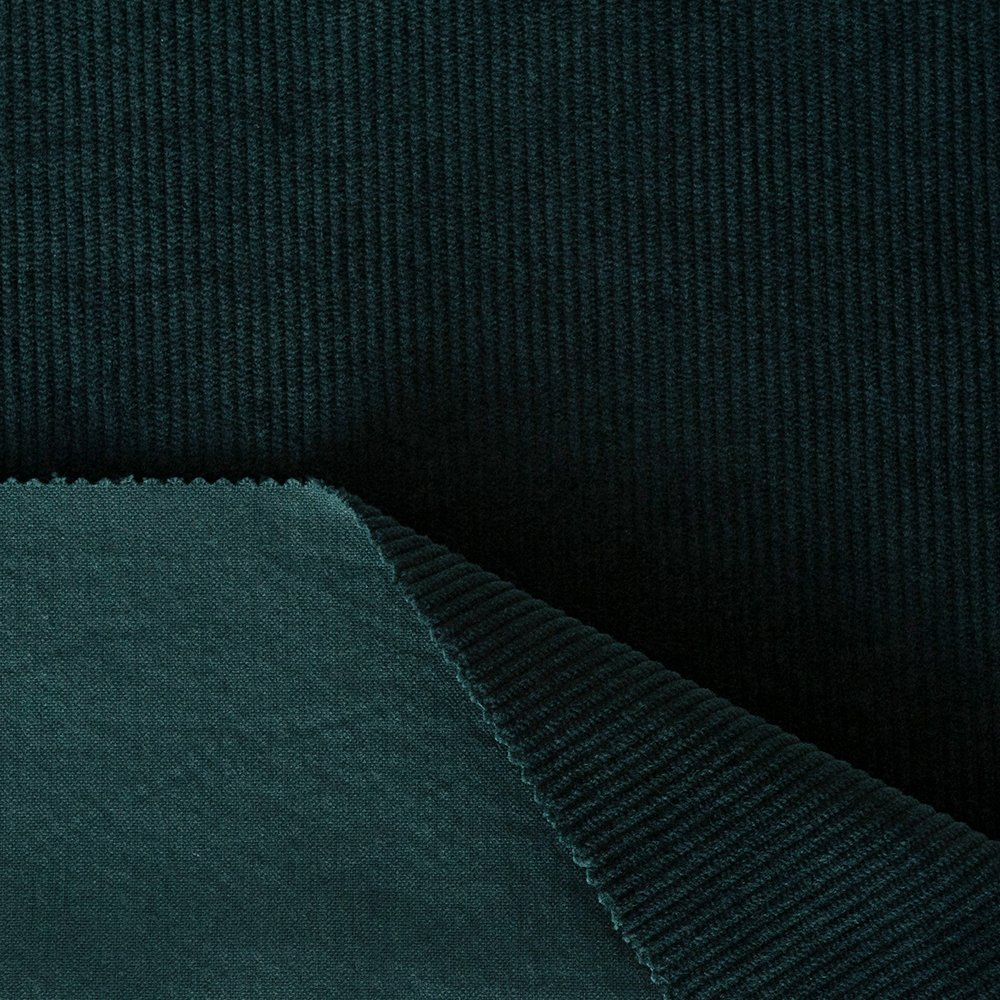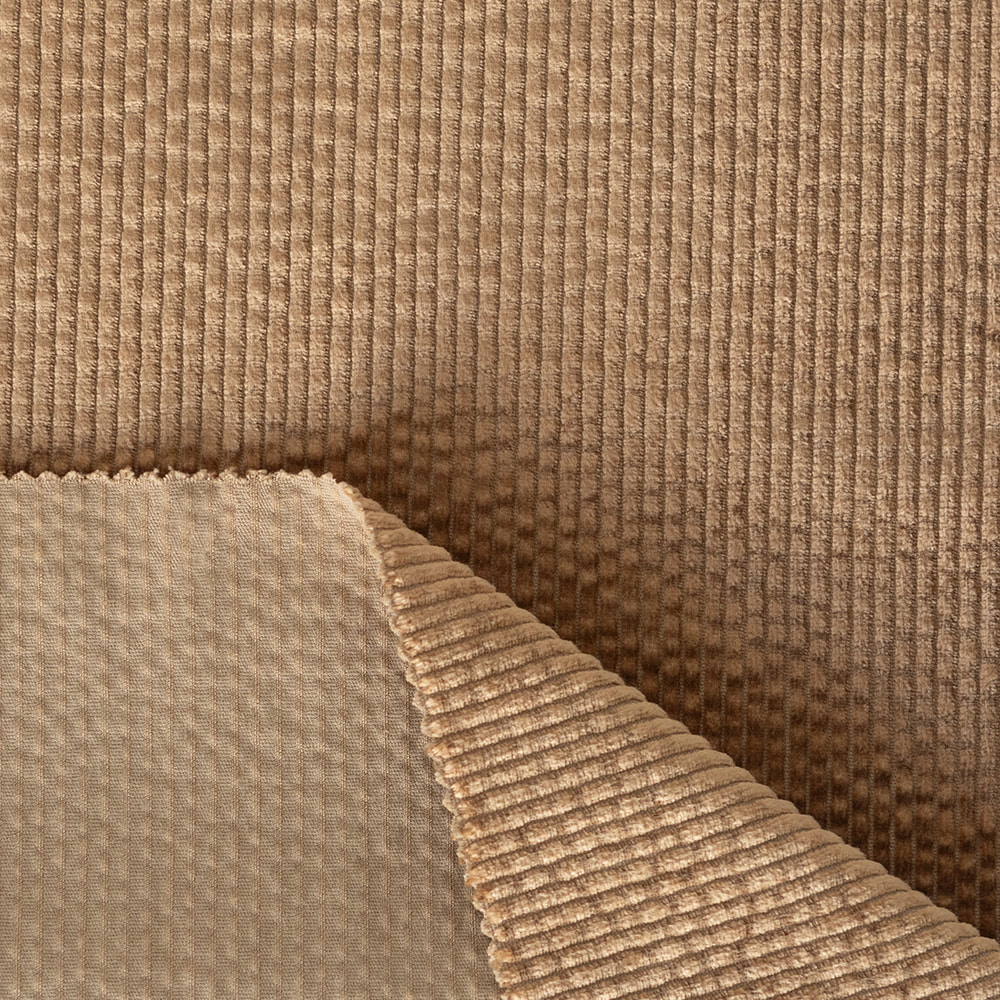Textile Industry Zone, East Hutang Town, Wujin District,213100 Changzhou,China
Rayon-Cotton Piece-Dyed Corduroy Fabric is a popular textile choice for clothing and home textiles due to its unique combination of softness, durability, and aesthetic appeal. One of the critical factors affecting comfort is breathability, which determines how well air circulates through the fabric, regulating temperature and moisture. This article explores the breathability of rayon-cotton corduroy, its structural factors, practical applications, and maintenance tips to enhance wearer comfort.
Understanding the fabric composition
Rayon-cotton corduroy combines natural cotton fibers with semi-synthetic rayon fibers. Cotton provides softness, moisture absorption, and natural breathability, while rayon adds a smooth hand feel and drape. The combination enhances the overall comfort and flexibility of the fabric. The piece-dyed process, where the fabric is dyed after weaving, maintains color vibrancy while preserving the fiber structure, which can influence airflow and breathability.
Impact of fiber ratio on breathability
The ratio of rayon to cotton significantly affects breathability. Higher cotton content improves moisture absorption and air circulation, keeping the wearer cool. Increasing rayon content enhances softness and sheen but slightly reduces airflow. Manufacturers often balance the blend to optimize comfort, combining sufficient cotton for breathability with rayon for aesthetic and tactile qualities.
Corduroy weave and structure
Corduroy features a distinct ribbed texture created by vertical pile yarns woven into the base fabric. The spacing and height of the ribs influence breathability. Fabrics with wider or lower ribs allow more air to pass between the yarns, enhancing ventilation, while tightly packed or high ribs may trap heat. The pile structure also impacts moisture management, as it can either absorb sweat or prevent rapid evaporation depending on the density.
Pile density and airflow
Pile density refers to the number of ridges per inch of corduroy. Medium-density pile fabrics strike a balance between warmth and breathability, making them suitable for transitional seasons. Low-density pile fabrics are the most breathable, allowing significant airflow for summer clothing. High-density pile corduroy offers more warmth but can feel less ventilated. Selecting the right pile density is essential for achieving desired comfort and temperature regulation.
Practical breathability in everyday wear
Rayon-cotton corduroy’s breathability makes it suitable for shirts, trousers, jackets, and casual wear. The natural cotton fibers absorb perspiration, while the rayon improves softness against the skin. Breathable fabrics reduce the risk of overheating and discomfort during daily activities. Clothing designers often use thinner or medium-weight corduroy in warm climates, while heavier versions serve cooler environments, balancing thermal insulation and airflow.
Layering and garment design
Garment construction also affects perceived breathability. Loose-fitting designs encourage air circulation around the body, while tight-fitting garments limit airflow. Ventilation features, such as side panels or back vents, can further enhance breathability. Using rayon-cotton corduroy strategically in specific areas of the garment, such as underarms or back panels, can improve comfort without compromising style.
Comparison table: fabric types and breathability
| Fabric Type | Breathability | Moisture Absorption | Comfort |
| 100% Cotton Corduroy | High | Excellent | Soft, breathable |
| Rayon-Cotton Corduroy (Piece-Dyed) | Medium-High | High | Soft, smooth, moderately breathable |
| Polyester Corduroy | Low | Low | Smooth, less breathable |
Maintenance and care for optimal comfort
Proper care preserves the fabric’s breathability and softness. Machine wash rayon-cotton corduroy on gentle cycles using mild detergent. Avoid high-temperature drying, which can shrink cotton fibers and affect airflow. Iron on low heat if necessary, and avoid fabric softeners that may coat fibers and reduce moisture absorption. Routine care ensures the fabric retains its breathable properties and aesthetic appeal over time.
- Use mild detergent to protect fiber structure.
- Air dry or tumble dry on low to maintain fiber spacing.
- Avoid fabric softeners to preserve moisture absorption and airflow.
- Store in a dry, ventilated area to prevent mildew.
Applications leveraging breathability
Rayon-cotton corduroy’s breathability makes it suitable for shirts, trousers, jackets, skirts, and casual outerwear. Its combination of softness, moderate airflow, and moisture management enhances comfort for extended wear. Designers often choose piece-dyed variants for vibrant, color-consistent garments that maintain both style and comfort. Additionally, the fabric is used in lightweight home textiles such as cushion covers, providing a soft, breathable touch.
Conclusion
Rayon-Cotton Piece-Dyed Corduroy Fabric offers a balanced level of breathability, combining cotton’s natural airflow and moisture absorption with rayon’s softness and drape. Factors such as fiber ratio, pile density, weave structure, and garment design influence comfort and ventilation. Proper maintenance preserves these properties, making this fabric an ideal choice for stylish, soft, and breathable clothing and textiles suitable for a variety of environments and seasons.

